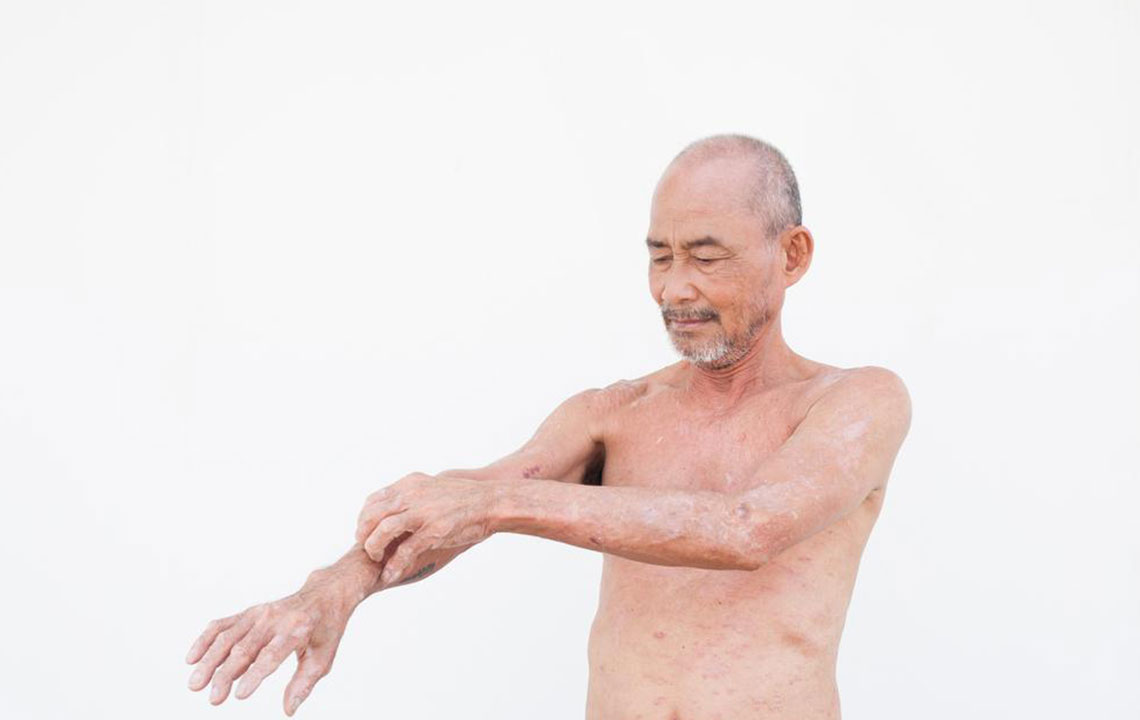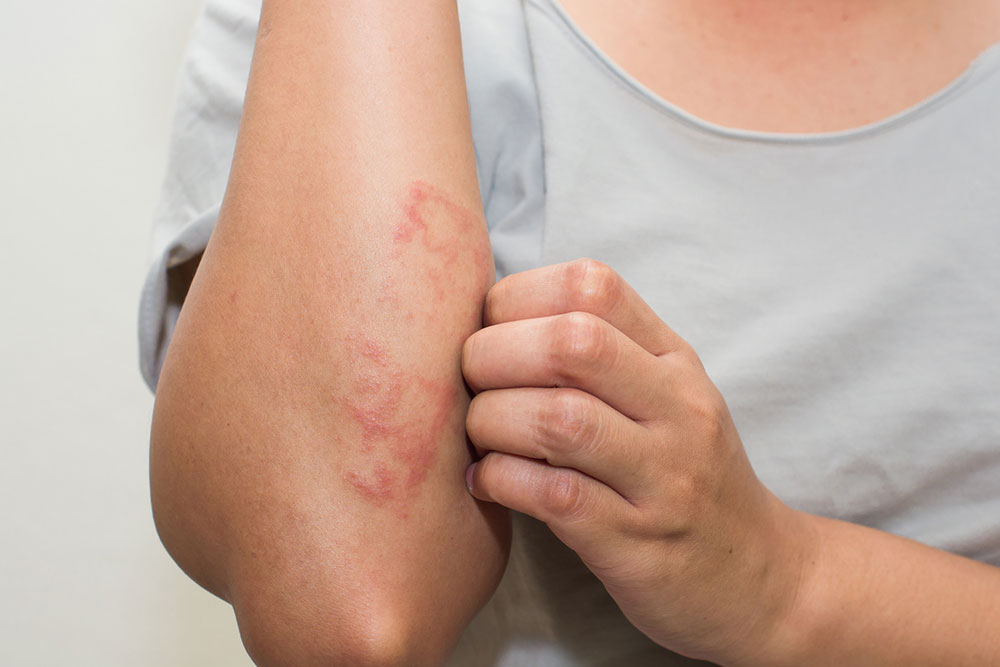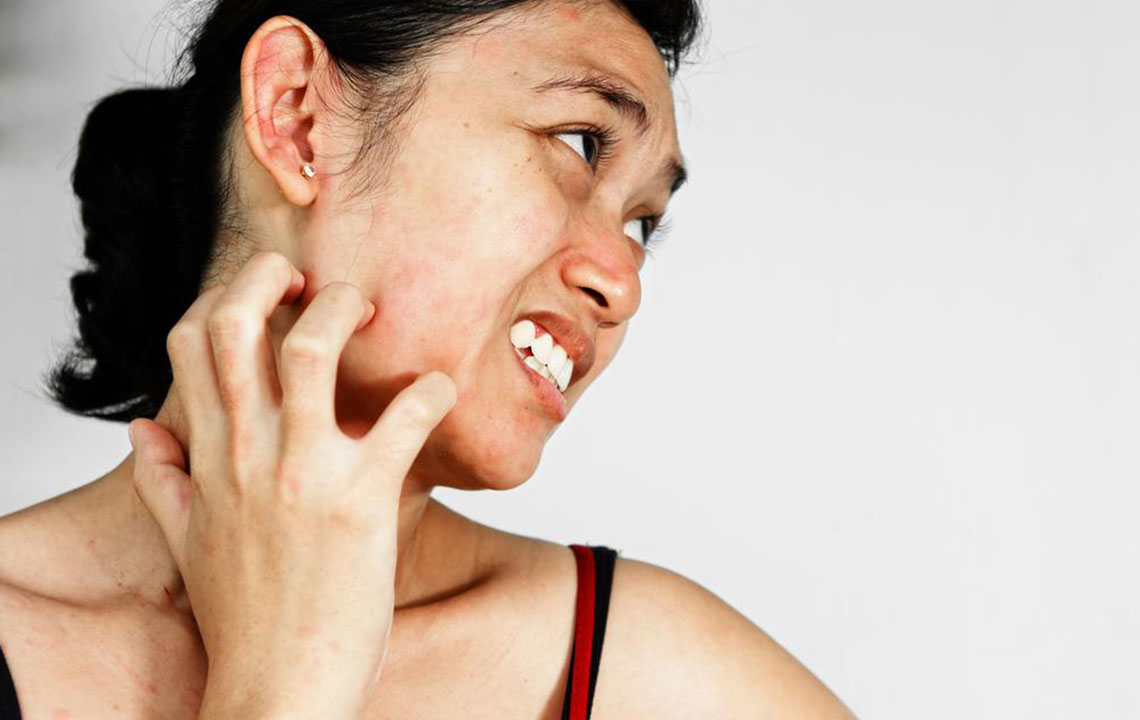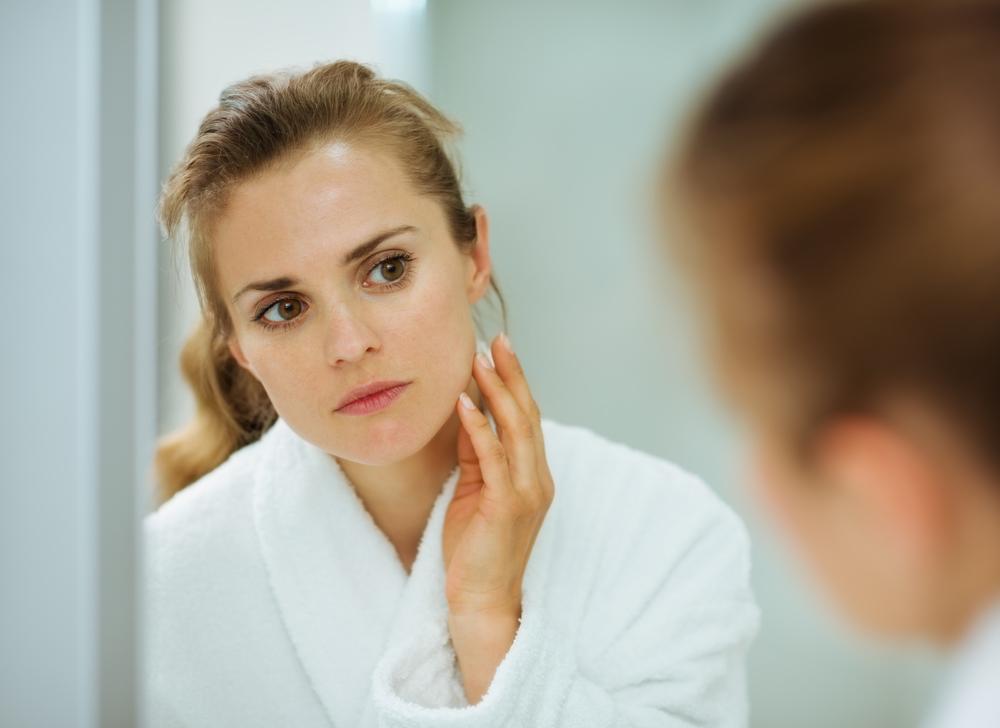Understanding Skin Spots and When to Seek Medical Advice
This article provides an overview of skin spots, including types, causes, and when to seek medical advice. Learn about benign and serious conditions like infections and skin cancer, and explore treatment options. Timely consultation with healthcare professionals is recommended for persistent or concerning skin spots to ensure proper diagnosis and care. The guide emphasizes the importance of early detection and proper treatment for skin-related issues, helping readers understand symptoms and make informed health decisions.

Understanding Skin Spots and When to Seek Medical Advice
An overview of skin spots
Skin spots are small, raised patches on the skin that are typically harmless. They can be red, skin-colored, or darker and vary in size. These spots might be itchy, dry, or filled with pus, often caused by allergies, infections, skin conditions, or even skin cancer. Most tend to resolve on their own, but persistent or painful spots warrant medical consultation. Causes include eczema, psoriasis, hives, insect bites, or other dermatological issues.
Different types of skin spots include:
Acne, a common skin condition, causes small to large red bumps that can be painful.
Boils are infected hair follicles that often drain pus and heal naturally.
Corns or calluses are thickened skin areas, usually on hands and feet, resulting from repeated friction.
Cysts develop beneath the skin, filled with air or fluid, and may cause discomfort.
Serious skin conditions needing medical attention include:
Some bumps due to infections or bacteria need prompt treatment. These include:
Chickenpox, common in children, causes widespread red spots requiring immediate care.
Impetigo is characterized by oozing blisters, often contagious among children.
MSRA bacteria can cause swollen bumps with white centers.
Skin cancer-related spots include:
Actinic keratosis, presenting as scaly, crusty bumps on sun-exposed skin, may be gray, pink, or brown and itchy.
Basal cell carcinoma results in shiny, painful, bleeding red bumps.
Squamous cell carcinoma appears as sores or red patches on UV-exposed areas.
Melanomas are irregular, multi-colored moles that require medical evaluation.
When to see a healthcare professional & treatment approaches:
If a skin spot causes discomfort or changes in appearance, consult a doctor.
The doctor may perform physical exams and ask about lifestyle and diet.
A biopsy might be necessary to rule out cancer.
Severe or suspicious spots should prompt referral to specialists.
Treatment options:
Most benign skin lesions can be removed via freezing, surgical excision, or other procedures.
Medications, including antibiotics for infections, may be prescribed. Home remedies like lemon juice, calamine lotion, or potato treatment might be recommended.
If cancerous, complete removal is often required.
Follow-up appointments are essential to monitor progress and treatment effectiveness.
Note:
Our blog offers practical health insights across various topics. Readers are encouraged to consult medical professionals for diagnosis and treatment. The information provided is for educational purposes and may not replace professional advice. We disclaim responsibility for data inaccuracies or differences across platforms. Always seek expert guidance for health concerns.










